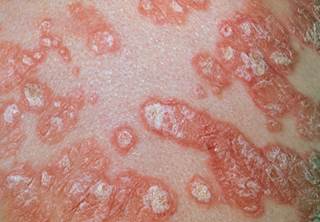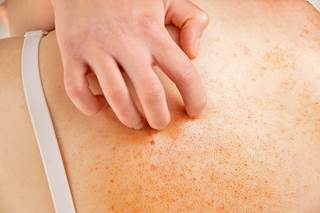
The FDA has announced a new plan to significantly modernize the regulation and oversight of dietary supplements.
The Food and Drug Administration (FDA) has announced a new plan to significantly modernize the regulation and oversight of dietary supplements, according to a statement released today. The new document will be the first update in over 25 years.
“I’ve personally benefited from the use of dietary supplements and, as a physician, recognize the benefits of certain supplements as a part of a comprehensive care plan,” said FDA Commissioner Scott Gottlieb, MD, in the statement.
“It’s clear that the US Food and Drug Administration plays an important role in helping consumers make use of safe, high-quality dietary supplements while also protecting Americans from the potential dangers of products that don’t meet the agency’s standards for marketing.”
The dietary supplement industry is worth more than $40 billion; more than 50,000 supplement products are available to consumers. In contrast, when the original Dietary Supplement Health and Education Act (DSHEA) was passed, the industry was worth only $4 billion.
While DSHEA stipulates a number of requirements for the manufacture and label of dietary supplements, there are numerous loopholes through which so-called bad actors can “exploit the halo created by quality work of legitimate manufactures to…distribute and sell dangerous products that put consumers at risk.”
Dr Gottlieb added that one of the top goals of the new regulation is to ensure that consumers still have access to safe, well-manufactured, appropriately labeled products, while holding accountable those who do not comply with the laws.
“Legitimate industry benefits from a framework that inspires the confidence of consumers and providers. Patients benefit from products that meet high standards for quality,” Dr Gottlieb concluded.
Reference
Statement from FDA Commissioner Scott Gottlieb, MD, on the agency’s new efforts to strengthen regulation of dietary supplements by modernizing and reforming FDA’s oversight [news release]. Silver Springs, MD: US Food and Drug Administration. https://www.fda.gov/NewsEvents/Newsroom/PressAnnouncements/UCM631065.htm. Published February 11, 2019. Accessed February 11, 2019.






